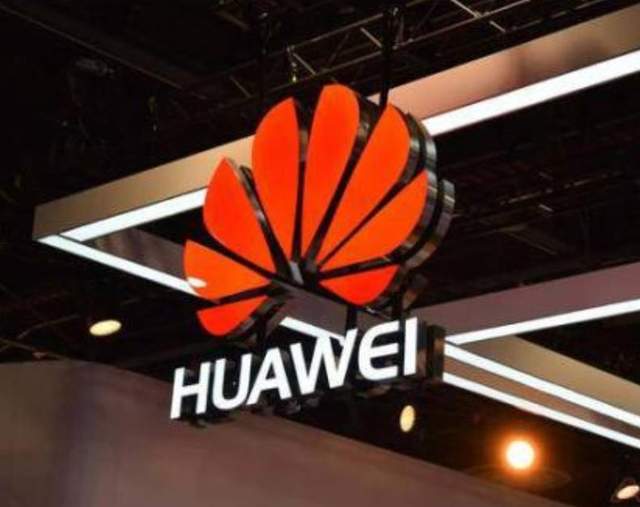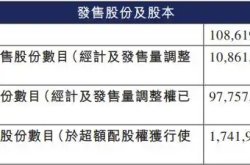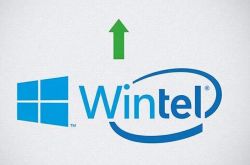Huawei Unveils New Desktop Computers: Powered by Self-Developed CPUs and Domestic Operating Systems, Taking on Wintel's Market Dominance
![]() 11/06 2025
11/06 2025
![]() 376
376
As is universally acknowledged, within the realm of personal computers (PCs), the Wintel partnership stands as an insurmountable barrier. 'Win' epitomizes Windows, while 'tel' symbolizes Intel. These two tech giants have forged a formidable hardware-software ecosystem, the dominance of which remains unchallenged.
Given their invincibility, numerous software and hardware vendors over the years have opted to align with them, becoming integral members of the Wintel alliance and thereby reinforcing its stronghold.

Consequently, Wintel's market share can be estimated to encompass a staggering 90% of the global PC market. Specifically, Windows commands a 90% share in the operating system segment, whereas Intel's X86 architecture aspires to capture a similar proportion in the CPU arena.
Both Windows and X86 are products of American ingenuity. Hence, for China, it becomes imperative to break free from this dependency. China must cultivate its own CPU and system ecosystems to foster independence and mitigate constraints.

Over the years, numerous manufacturers have embarked on this quest. Some have honed in on CPU development, giving rise to six major domestic CPU contenders. Others have focused on system development, exemplified by UOS and Kylin.
A select few have pursued dual tracks, developing both CPUs and operating systems, with Huawei emerging as a prominent example.
Huawei boasts its own CPU lineup, including the Kunpeng series, alongside its own chipsets like the Kirin series. It also possesses its own operating systems, encompassing the HarmonyOS series and EulerOS. Essentially, Huawei can be perceived as a Wintel-like entity, with the autonomy to operate independently or forge alliances.

Recently, Huawei introduced two new desktop PCs, the Qingyun W515y and W585y. What sets these PCs apart? They are equipped with self-developed CPUs and run on domestic operating systems.
These PCs are powered by Huawei's self-developed 9000X CPU and offer versatile operating system support, accommodating UOS V20 or Kylin KOS V10, both of which are exemplary domestic operating systems.

Evidently, Huawei is now collaborating with domestic manufacturers to forge its own ecosystem and challenge Wintel's supremacy.
Admittedly, in the nascent stages, this ecosystem may not rival Wintel's in terms of breadth and depth. However, both UOS and Kylin currently boast ecosystems that adequately cater to daily needs, with UOS boasting a user base nearing 10 million.
Therefore, there is little doubt that with collective support and the concerted efforts of Huawei and domestic system developers, surpassing Wintel may not be as daunting as it once seemed.








